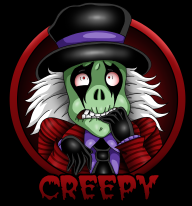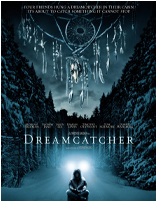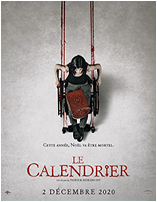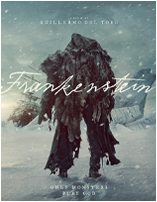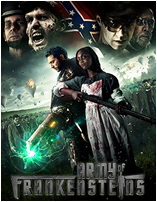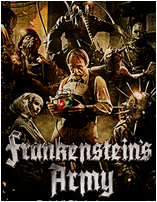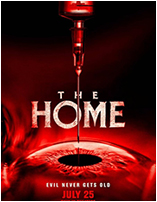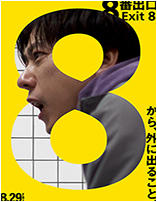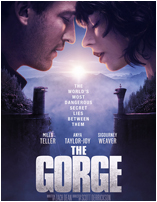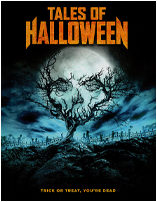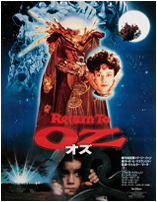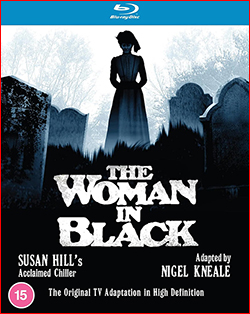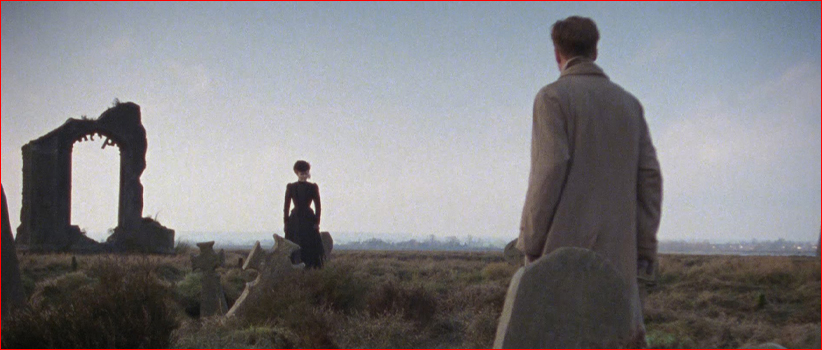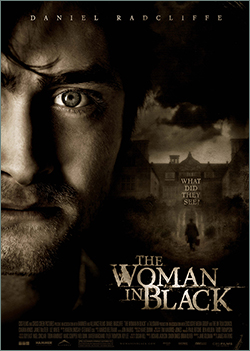 The year is 1889, and we’re in the village of Cryhin Gifford. Three little girls are playing in their nursery at the top floor of the house, when they suddenly notice a sinister presence in the room. Instead of running out in fear while screaming for their parents (as would be a normal reaction), the girls seem to come under the presence’s influence. They get up, walk towards the window, and jump to their deaths. Several years later, in 1906, we’re in London where the lawyer Arthur Kipps is waiting anxiously while his wife is giving labor. His son, Joseph, is born, but his wife Stella dies during childbirth. From one tragedy to another, just to make us aware pretty early on that this is a bleak and depressing story. Four years later, Arthur is still grieving and struggling, where his boss one day instructs him to visit Crythin Gifford in order to retrieve documents from the late Alice Drablow, who owned the infamous Eel Marsh House. Somewhat reluctantly, he travels there to find himself in a village where everyone is unwelcoming and suspicious of him, with the exception of the wealthy landowner Samuel Daily. The Eel Marsh House is located in a desolate marshland, where the pathway up to the place is sometimes inaccessible due to the high tides. Arthur also starts seeing glimpses of a mysterious woman in black, and each time he sees her, something terrible happens to one of the few remaining children in town. The townspeople blame Arthur, while Samuel tries to convince him not to fall into the superstitions of the villagers. But there are secrets at the Eel Marsh House that will reveal what really happened there, long ago…and it’s up to Arthur to make those secrets become unveiled.
The year is 1889, and we’re in the village of Cryhin Gifford. Three little girls are playing in their nursery at the top floor of the house, when they suddenly notice a sinister presence in the room. Instead of running out in fear while screaming for their parents (as would be a normal reaction), the girls seem to come under the presence’s influence. They get up, walk towards the window, and jump to their deaths. Several years later, in 1906, we’re in London where the lawyer Arthur Kipps is waiting anxiously while his wife is giving labor. His son, Joseph, is born, but his wife Stella dies during childbirth. From one tragedy to another, just to make us aware pretty early on that this is a bleak and depressing story. Four years later, Arthur is still grieving and struggling, where his boss one day instructs him to visit Crythin Gifford in order to retrieve documents from the late Alice Drablow, who owned the infamous Eel Marsh House. Somewhat reluctantly, he travels there to find himself in a village where everyone is unwelcoming and suspicious of him, with the exception of the wealthy landowner Samuel Daily. The Eel Marsh House is located in a desolate marshland, where the pathway up to the place is sometimes inaccessible due to the high tides. Arthur also starts seeing glimpses of a mysterious woman in black, and each time he sees her, something terrible happens to one of the few remaining children in town. The townspeople blame Arthur, while Samuel tries to convince him not to fall into the superstitions of the villagers. But there are secrets at the Eel Marsh House that will reveal what really happened there, long ago…and it’s up to Arthur to make those secrets become unveiled.
The Woman in Black is a supernatural horror film from 2012, directed by James Watkins with screenplay by Jane Goldman. It is the second adaption of the 1983 Susan Hill novel of the same name, where the first adaption was made in 1989. This 2012 version stars the well known Harry Potter actor Daniel Radcliffe in the leading role as Arthur Kipps (which makes for a very special fun fact: in the first adaptation Arthur Kipps is played by Adrian Rawlings, the actor who played Harry Potter’s dad). The movie was produced by Hammer Film Productions, Alliance Films, Cross Creek Pictures and the UK Film Council. It did pretty well at the box office, grossing $129 million worldwide against a budget of $15-$17 million.
While there are tons of movies about haunted houses and vengeful spooks out there, there’s not all too many that really carries that dark, brooding, classic ghost story vibe. You know the type: the ones with large Victorian mansions, dark hallways, sinister secrets, and so on. This, however, is one of those movies. Danielle Radcliffe, most known for his role as Harry Potter of course, is doing a great job playing a tormented and grieving lawyer who gets tangled up in a dark and dangerous mystery. With the perfect brooding locations, using Cotterstock Hall near Oundle in central England for exterior shots of the “Eel Marsh House“, Osea Island in Essex for the fictional “Nine Lives Causeway“ which leads up to the house, and the village scenes filmed in Halton Gill. It’s a beautiful looking film, drenched in gothic, gloomy atmosphere.
While this one and the first movie adaption from 1989 are very similar, they both have a few changes from each other and also compared to the book. And while this 2012 version has a lot more of the moody, dark and gothic atmosphere lingering throughout the entire movie, there were actually some scenes in the first movie that I honestly found creepier, especially the scene during the fog, which I found to be a lot more effective in its subtleness. Still, this one is focusing a lot more on the goth doom ‘n gloom vibe, which suits the film well being a Hammer production. After all, Hammer were pioneers in the gothic horror department.
The Woman in Black is a creepy, atmospheric and delightful ghost horror movie with a sinister vengeful spirit, an old village with unfriendly inhabitants carrying a secret, an old decrepit Victorian house as isolated as can possibly be, and so many other great ingredients for the perfect spooky haunting.
A sequel called The Woman in Black: Angel of Death was released in 2015.



Director: James Watkins
Writer: Jane Goldman
Country & year: UK, 2012
Actors: Daniel Radcliffe, Ciarán Hinds, Sophie Stuckey, Misha Handley, Jessica Raine, Roger Allam, Lucy May Barker, Alisa Khazanova, Ashley Foster
IMDb: https://www.imdb.com/title/tt1596365/
Original: The Woman in Black (1989)
![]()
